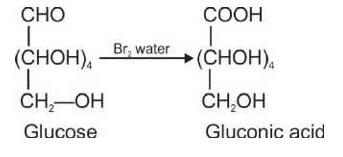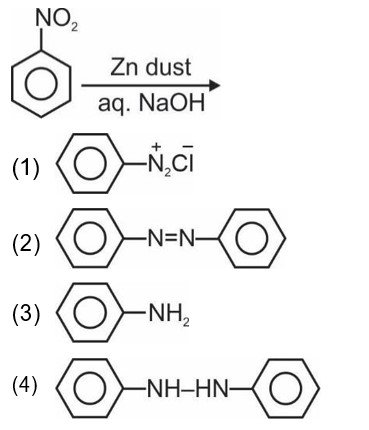Class 12th
Get insights from 12k questions on Class 12th, answered by students, alumni, and experts. You may also ask and answer any question you like about Class 12th
Follow Ask QuestionQuestions
Discussions
Active Users
Followers
New answer posted
a month agoContributor-Level 10
Ion | l°/S cm2 mol–1 |
OH– | 199.1 |
SO2- 4 | 160.0 |
Cl– | 76.3 |
CH3COO– | 40.9 |
Order of limiting molar conductivity
OH- > SO42- > Cl- > CH3COO-
New answer posted
a month agoContributor-Level 10
Higher the acidic strength, lower will be the value of pKa.
Therefore, Correct order of pKa is
CH3COOH > C6H5COOH > HCOOH > O2NCH2COOH
New answer posted
a month agoContributor-Level 10
The following are the real-world applications of electrochemistry - military applications such as thermal batteries, digital watches, hearing aids, digital cameras, electrical appliances such as cellphones, and torches.
New answer posted
a month agoContributor-Level 10
It depends on students. Though it is not a tough chapter to study but for students who have misconceptions and those who struggle with visualization can find it challenging.
New answer posted
a month agoContributor-Level 10
There are two types of electrochemical cells - Electrolytic and Galvanic or Voltaic cells. The electrolytic cells need an external source such as AC power source or DC battery and it involve non-spontaneous reactions. The galvanic cells gets its energy from redox reactions which is spontaneous.
New answer posted
a month agoContributor-Level 10
[Co (NH3)6]3+, NH3 becomes strong ligand due to +3 oxidation state of cobalt ion. Hence electronic configuration of
Taking an Exam? Selecting a College?
Get authentic answers from experts, students and alumni that you won't find anywhere else
Sign Up on ShikshaOn Shiksha, get access to
- 65k Colleges
- 1.2k Exams
- 678k Reviews
- 1800k Answers





